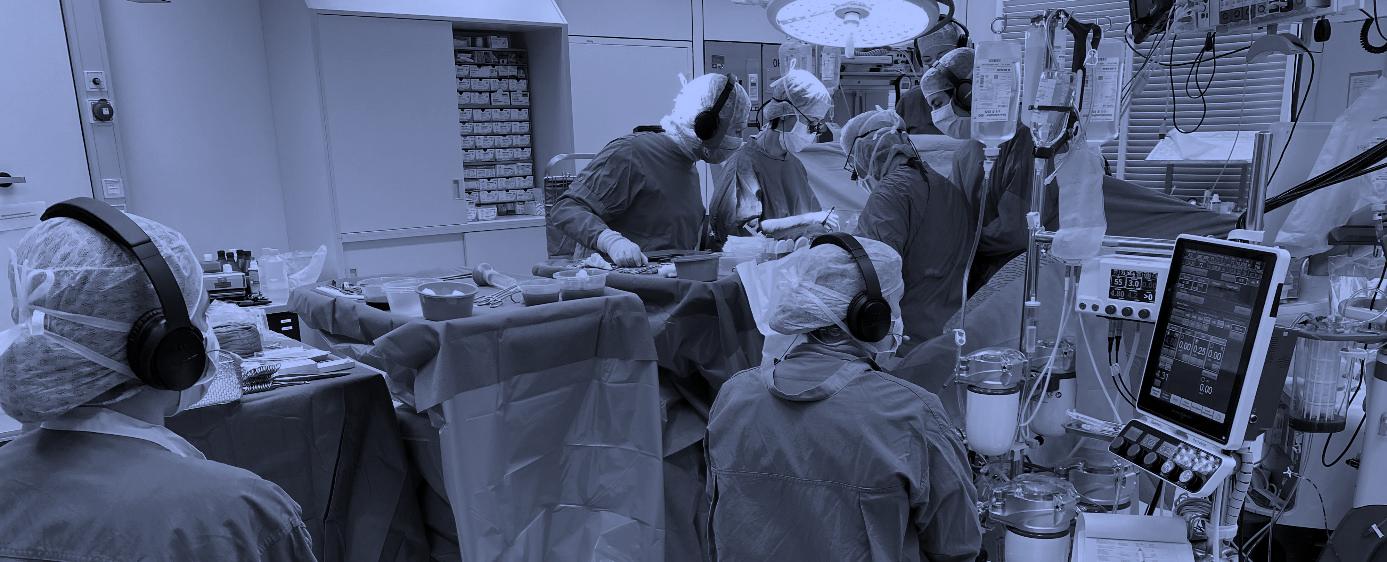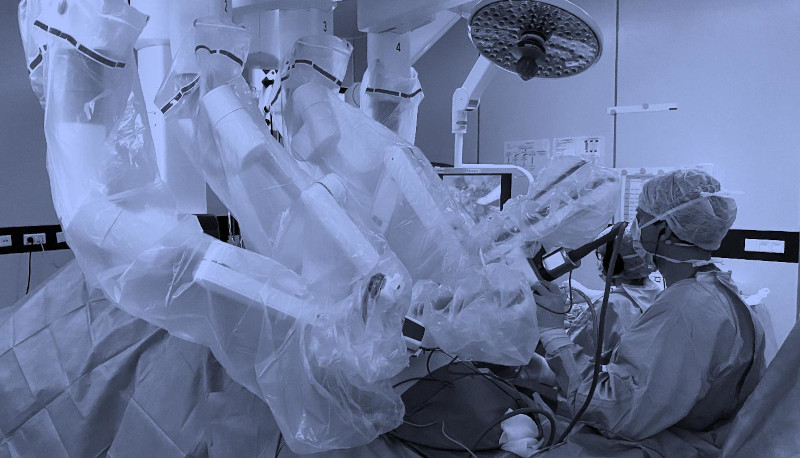Why SOTOS?

Our modern operations have become increasingly complex, as have our instruments. Our operating theatres have evolved into high-tech environments. For a long time now, a surgical procedure has no longer been a "one-man show" of the 1st surgeon. It requires a highly qualified team with various special tasks, which can only ensure the maximum possible success in an optimally functioning and interacting cooperation in a well-coordinated environment.
The personnel must be highly specialised and highly trained - because the planned intervention at the operating table as well as the control of the highly developed operating technique requires a high level of knowledge and above all a lot of experience. We are still far from "Medicine 4.0" (the Internet of medical things). The necessary coordination between human actions in the interaction of the various special tasks in the operating theatre - also essentially the control of the operating technology and much more - is still carried out by verbal communication. It is imperative that we exchange information, observe and perceive what is happening. We have a fairly precise plan in our heads. The path to the goal, which we want to achieve with the patient on the operating table, is constantly being readjusted. We have to talk - sometimes a lot of talking and exchanging information, giving and receiving instructions. The machines do not (yet) take this away from us and will hopefully never do it extensively.
With increasing levels of technology and the resulting need for personnel, it has become loud in our operating theatres. Several quiet machines add up to a considerable level according to the laws of acoustics and sound propagation. The difference to the noise load on motorways no longer exists. Even if we have more or less got used to it, this is neither beneficial to our claim to the best work results, nor does it serve our health in the long term.
It is scientifically proven that intellectually demanding work is sensitively disturbed by noise. Not only mental stress is sufficiently described, but also measurable disturbances of coordination, our power development and especially fine motor skills. We cannot tolerate this in the operating theatre. But due to a lack of solutions, we had to accept this for years.
For transmission-safe verbal communication between people, we need an environment that is as quiet as possible. For example, we know from communication research that we have to communicate 12 dB louder than the ambient noise so that especially the "sibilants", which are important for comprehensibility, do not get lost. But 10 dB more is twice as loud! Speaking louder only works up to about 80 dB, then the roar is of little help (we know this from conversations in noisy surroundings, such as in discotheques, at concerts, next to chainsaws, ...)
Now it has not only become louder, but we also have an increasing amount of information to process. We are already partly stretched beyond our capabilities. We have all experienced regularly in the operating theatre what information overload can mean. We have reached the limits of an overload.We humans can process a maximum of 7 (± 2) units of information in real time ("The magical number seven, plus or minus two". Miller 1956). For this we use a specialised form of short-term memory (working memory model, Baddeley 2000).
If we overload our working memory, we slow down or generate more and more errors. This is not conducive to our common goal of guaranteeing our patients the best possible outcome with the greatest possible safety.
